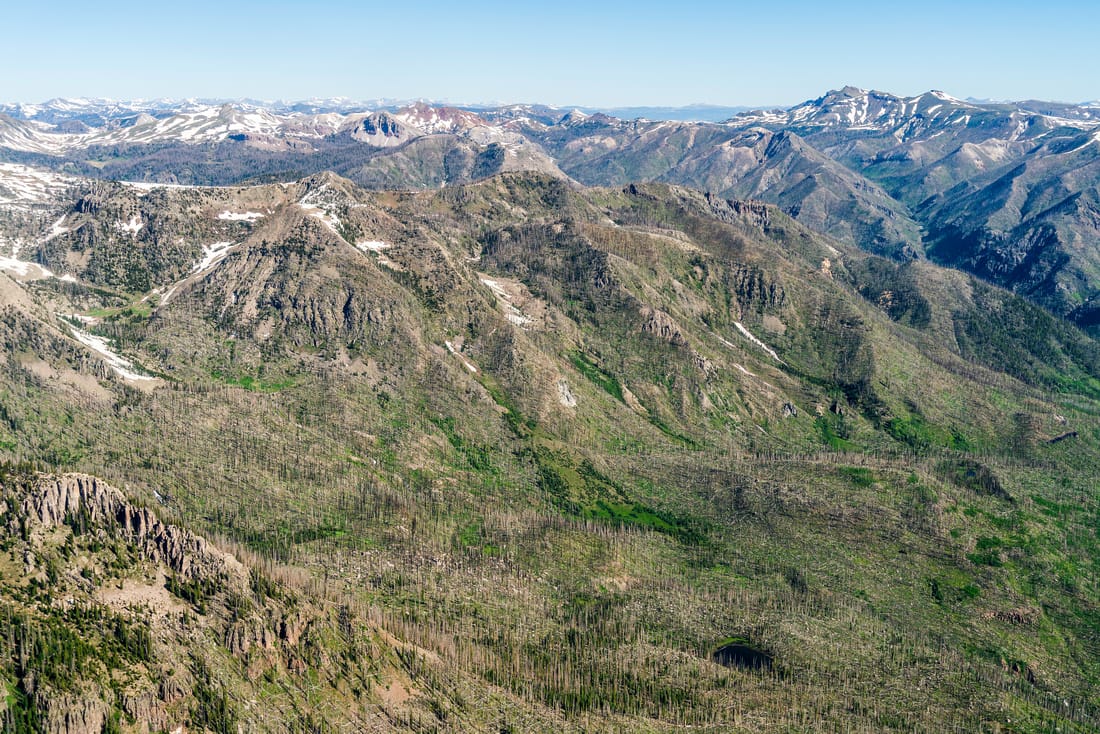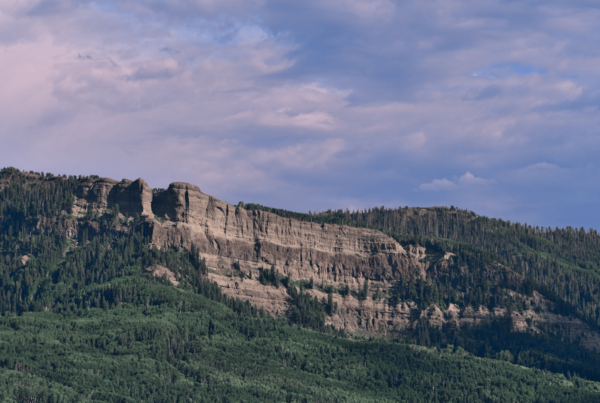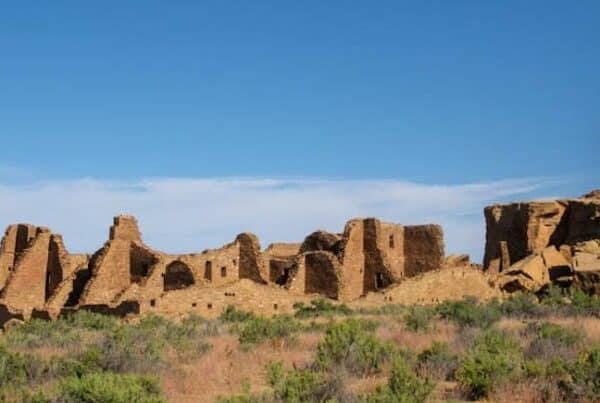Winter is a good time to think about the stresses facing deer and elk herds. For big game already struggling with deep snows, public land managers can mitigate development that unnecessarily further complicates already challenging conditions.
The Bureau of Land Management is presently undertaking just such an analysis and revision to its plans that guide management to more than 13 million acres of publicly-owned minerals across Colorado. The Big Game Corridor Resource Management Plan Amendment focuses on oil and gas development, and how the roads, pipelines, and well pads associated with drilling can restrict big game movement through important migration corridors and priority big game habitat.
These kinds of planning processes can feel impenetrable and overwhelming, but it’s the primary means by which public land agencies establish policy and set their priorities for managing a multitude of competing interests on the landscape. By offering feedback to the BLM on this planning amendment, the public can provide support for actions to improve protections for big game species.
Deer and elk herds across Colorado face ever increasing obstacles as unfettered development shrinks available habitat. Oil and gas development is one culprit, one over which BLM has some authority, but a host of other activities similarly affect the ability of deer and elk to thrive throughout the year, and in particular to transition from summer to winter ranges and back again.
Among these pressures are housing development, increased highway traffic and increasingly bigger and busier highways, solar energy projects, and even proliferating recreation and trail development that imposes more people doing more things more of the year in previously undisturbed habitats.
The BLM’s plan cannot tackle housing and highways and everything else at once, but it can consider how those activities contribute to habitat impacts that it does have the ability to manage. That’s one place the BLM’s plan amendment could be improved and strengthened.
BLM is considering restricting the amount of disturbance to 3% of high priority habitat. That calculation is limited, however, to only the impacts associated with oil and gas development and fails to account for the myriad other development activities that might be impacting habitat including residential development, road expansions, recreation and other development. BLM’s plan could be improved by evaluating the cumulative impacts of all development.
The BLM is responsible for oil and gas development decisions that span almost 13 million acres, which includes 8 million acres where it manages both the surface and the minerals, but also 5 million acres where BLM owns just the mineral estate. Split ownership of surface and mineral estates is a familiar circumstance for folks in southwest Colorado. BLM’s plan presently addresses only the areas where is owns both surface and minerals. A significant improvement would be to address development of the additional 5 million acres above the minerals it also owns.
The BLM’s proposal does not restrict energy development in areas that are particularly crucial wildlife corridors, such as areas leading to wildlife crossing structures over highways. It defeats the function of these crossing structures built exactly in locations most likely to assist big game migration if development is permitted in the zones immediately adjacent to the crossing structures. BLM can strengthen its plan by prohibiting development in these corridors.
Finally, one tried and true means of limiting high-priority habitat impacts is using no surface occupancy stipulations that require directional or horizontal drilling. The stipulation should be applied more broadly to include calving areas and winter concentration areas.
This content was first published in the Durango Herald here.





One of the most alarming impacts to oil and gas and extraction leases are the proliferation of access roads built to accommodate these industries on public lands imposing threats and degrading conditions for wildlife and their habitat. I have also witnessed reckless driving habits on those roads on blind sharp turns and over hills, a danger to fellow motorists— like BLM employees, contractors, and wildlife alike. I hope these conditions— in addition to development and associated pollution and landscape impacts— are also considered when making land management plans and negotiating contracts with these contractors and lease holders.